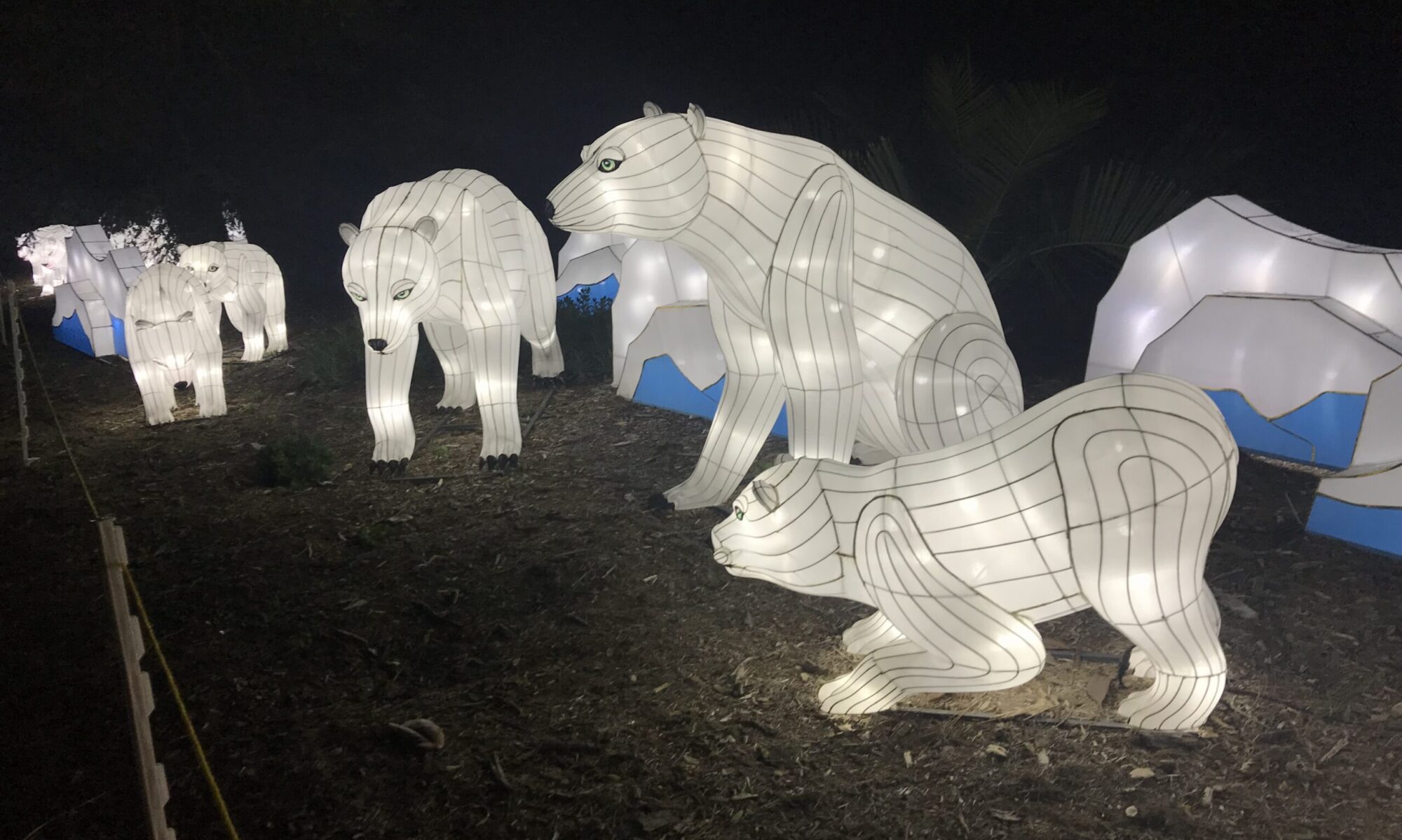
“A storm is coming,” the guides warned her on the first day. Shannon McConnell’s 2016 Out of the Northwest Passage expedition may have started out grey and stormy, but a little Arctic weather couldn’t stop this Californian from having the trip of a lifetime!
The Northwest Passage: a land of legend and heroes. Where existence is not for the faint of heart, and adventure abounds. In 2016, my family and I grabbed the reigns and set out with Adventure Canada for a three-week expedition through the legendary ocean passage from Kuglutuk, Nunavut across Baffin Bay to Kangerlussuaq, Greenland. Leaving the late summer California heat behind, we set off to Edmonton, Alberta where we proudly announced to a confused passport control officer that we were coming to his lovely landlocked city to embark on a cruise. It was early September and a crisp late summer dawn greeted us in Edmonton when we boarded our charter flight, leaving all contact with the outside world behind.
Flying low over the great Fort McMurray fire scar that had recently stripped the flat landscape, we landed under a muted grey sky. We were greeted by the disembarking passengers singing Stan Rogers’ “Northwest Passage” as we strolled through the one-room terminal. These passengers had experienced three weeks of sunshine, wildlife, and calm seas. A short stroll across the small town of Kuglutuk took us to the dock where we boarded the Ocean Endeavour. Here, before we even began our voyage, we had crossed the Arctic Circle, where we would remain for the entirety of the voyage.

Our first day we enjoyed a nature walk at Anderson Bay. We hiked across the barren landscape under increasingly grey skies. “A storm is coming,” our guides warned us. Those of us from California shrugged. Okay, so it might rain. It could snow a tad. But seriously, it’s summer—what could go wrong?
The next four days we tried, and failed, to land at several Canadian Arctic communities. Every time the rough seas and ever advancing sea ice scuttled our plans. Gjoa Haven? No. Grise Fjord? Not a chance. Pond Inlet? Please. High seas pounded the ship, rocking us mercilessly as we plied the stormy waters. No birds could be seen, whales had migrated east, and only a couple lone polar bears were spotted on the sea ice, waiting out the storm.
Sometimes you may take a trip like this and wonder what it was like for early European explorers to experience the fury of Mother Nature in the Arctic. We didn’t have to wonder. We got firsthand experience.


News came during those stormy days that one of the lost ships of Franklin’s expedition had been found. We were right at the entrance to Terror Bay, where the HMS Terror had been located after more than a century lost under Arctic seas, when we found out. What an amazingly exciting event!
We did make landfall several times despite the weather. At Beechey Island, we trekked through thigh-high snow to see the graves from Franklin’s expedition. We almost made landfall at Dundas Harbour, before a polar bear broke up our plans.
We ventured on through Bellot Straight, the northernmost point on the North American Continent. From here we could see the Earth’s slow rebound from the ice age. A stop at Fort Ross really drove home the reality of just how remote these places were from our own home, and just how isolating an assignment at this trading post would have been for someone who didn’t grow up in the North.
Then, three more days of six-meter seas tossed the ship about and sent most of the guests and crew to their cabins. The few of us left were in the lounge room, listening to lectures on geology and Arctic wildlife, culture, and music. We tried traditional Inuit country food. We studied photography.



Then the most amazing thing happened. After almost two weeks of stormy weather and sub-freezing temperatures, the sun streamed through the windows of the lounge. In that moment, you could spot every Californian on the ship, as we all ran outside onto the deck and basked in the fifteen-degree sunshine!
The last week of the adventure took us down the coast of Greenland to sun-dappled towns full of history and culture. On our last full day, we anchored at Ilulissat. After a stroll through town, past the sled dogs and across a boardwalk, we witnessed one of Earth’s truly spectacular wonders: the Ilulissat Icefjord, where massive blocks of ice jam up against a subterranean terminal moraine over a mile wide. This is where the massive North Atlantic icebergs [CD1] are born. The Titanic’s fate was sealed more than a hundred years earlier when an iceberg that very likely launched itself over that moraine and into the ocean, started its three-year journey on the currents towards the doomed ship.

One fantastic night of the Aurora Borealis sent us on our way back across the Arctic Circle and into the city of Toronto, where we reacclimated to humanity at the World Cup of Hockey. Then we headed home to California, where the temperatures were still in the 80’s and the fall winds were blowing. During those three weeks we jumped in the Arctic Ocean, dressed like Canadians, experienced the cultures and arts of Inuit people who live throughout the Arctic, learned throat singing, watched the Arctic Games, doused our taste buds in seal and narwhal, saw humpback whales swimming among the giant icebergs, and learned about the history, geography, and climate of this fragile land. As the sun set on our first night home, the haunting melody of “Northwest Passage” and enough memories to last a lifetime lulled us to sleep.

